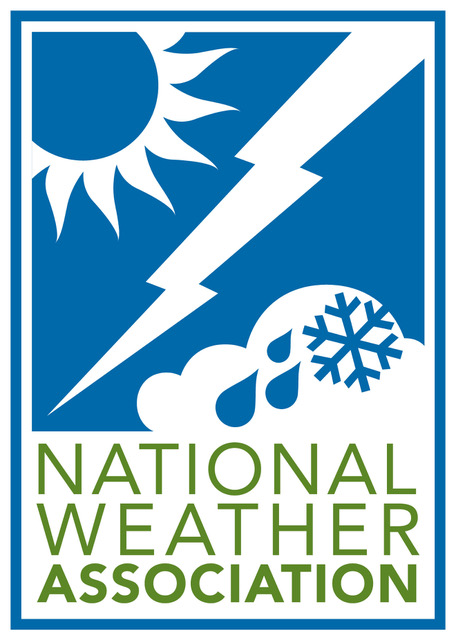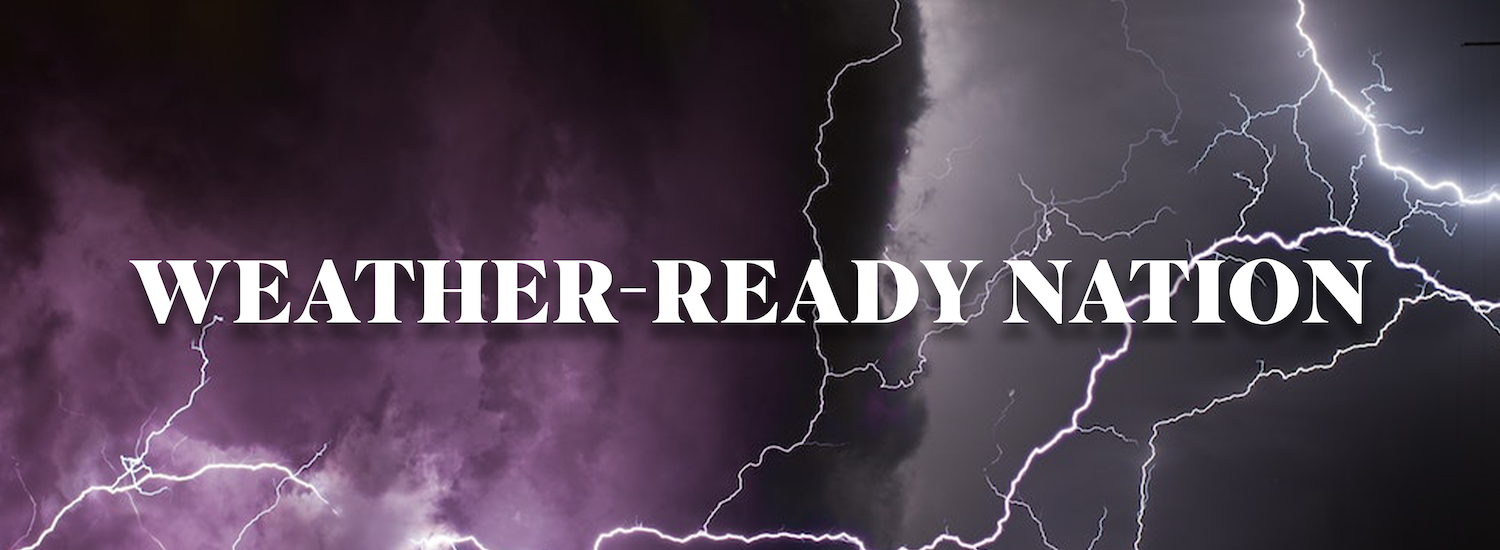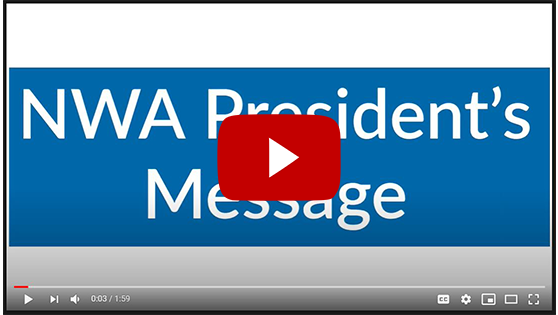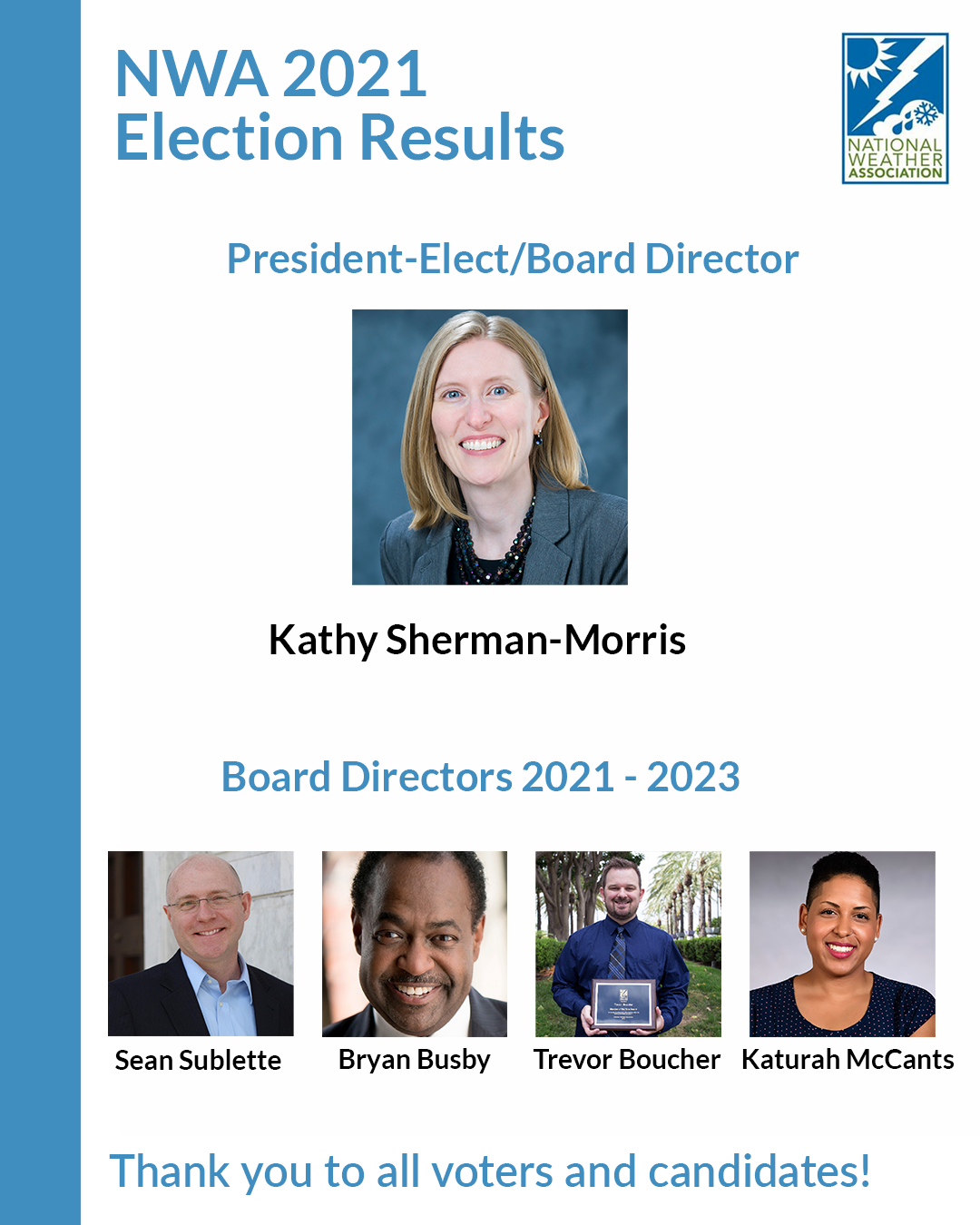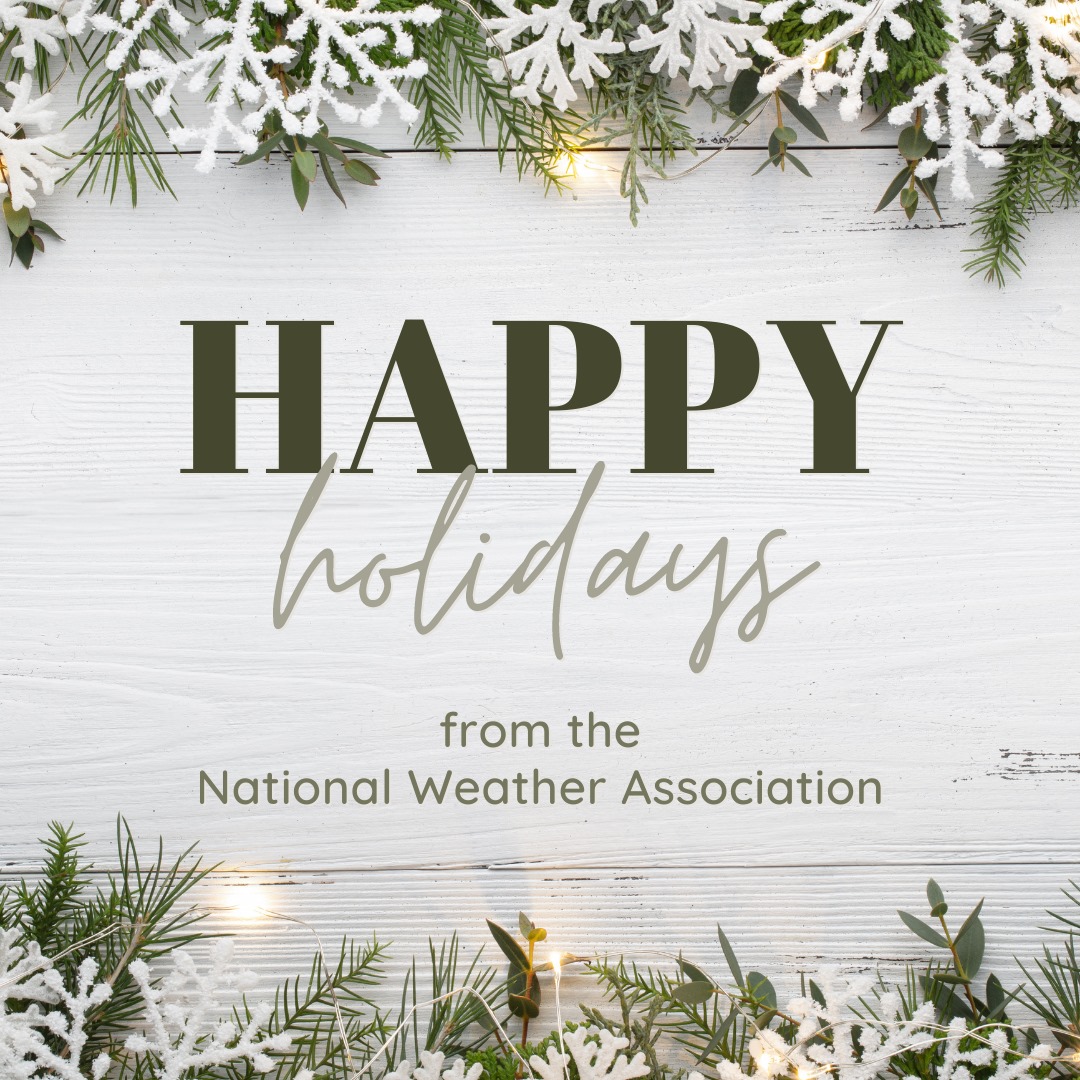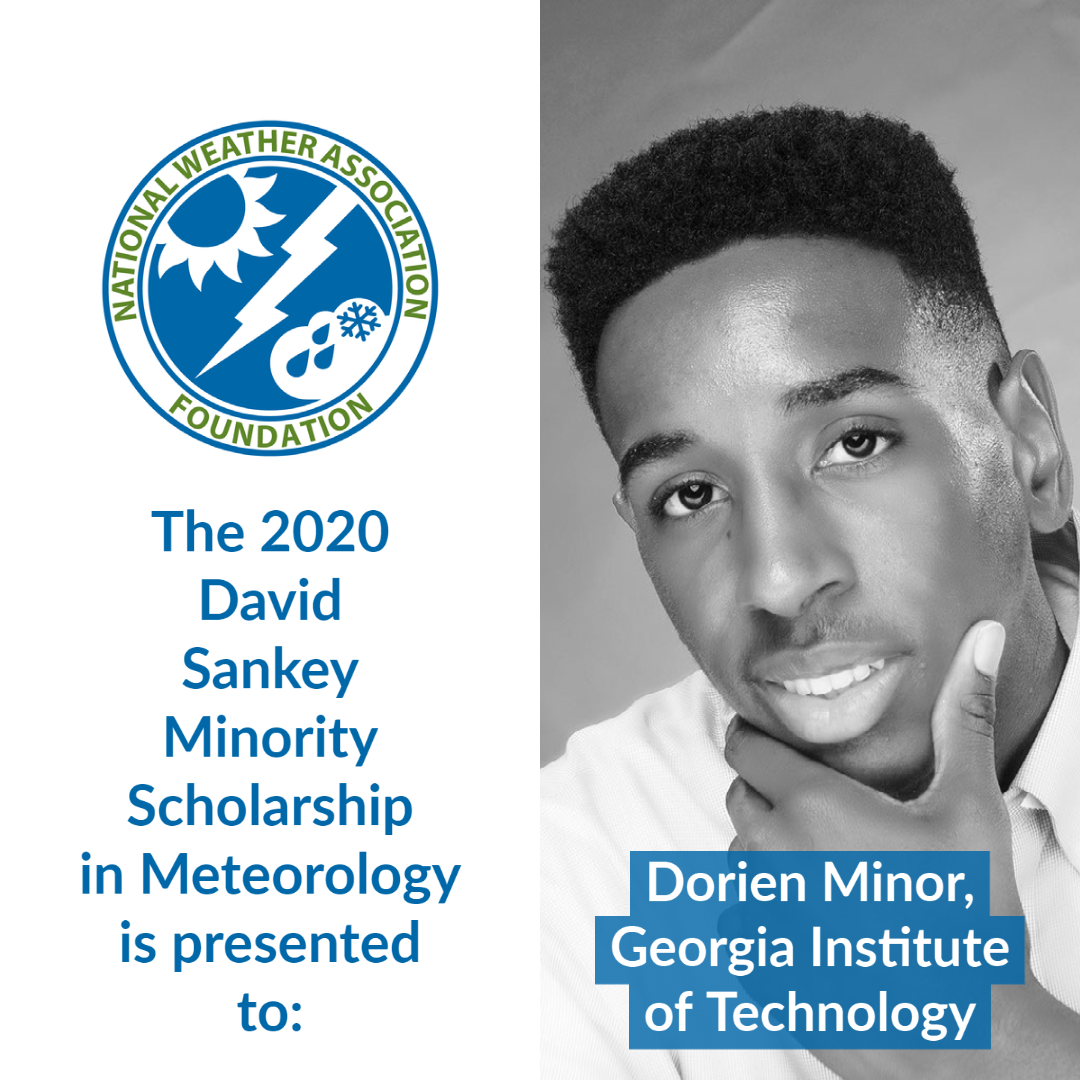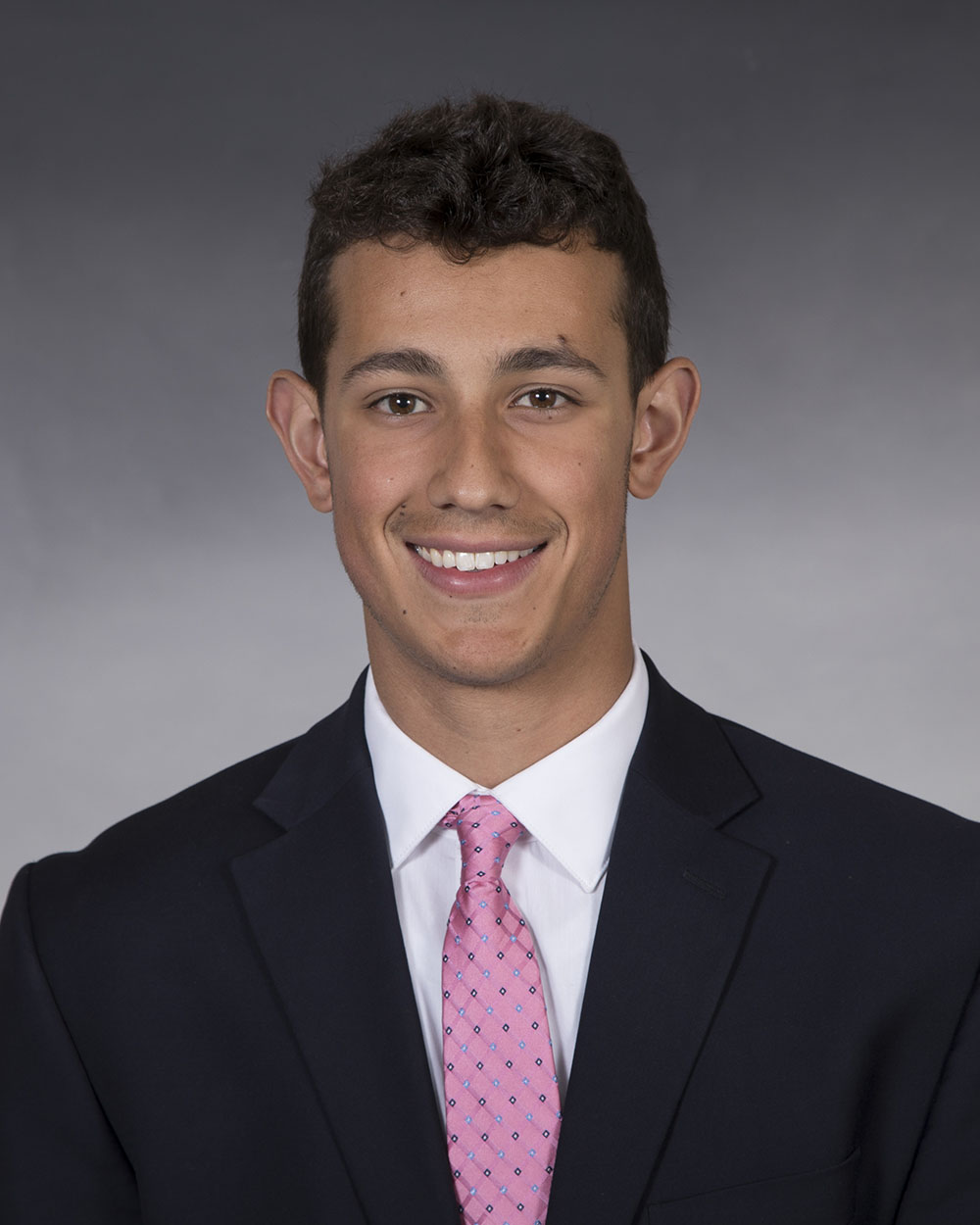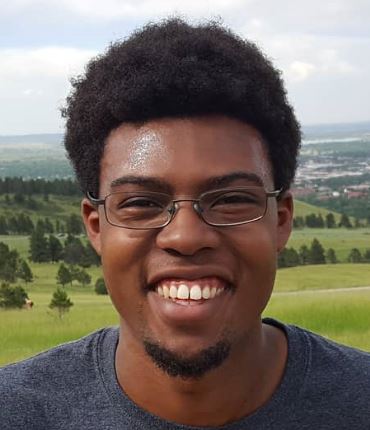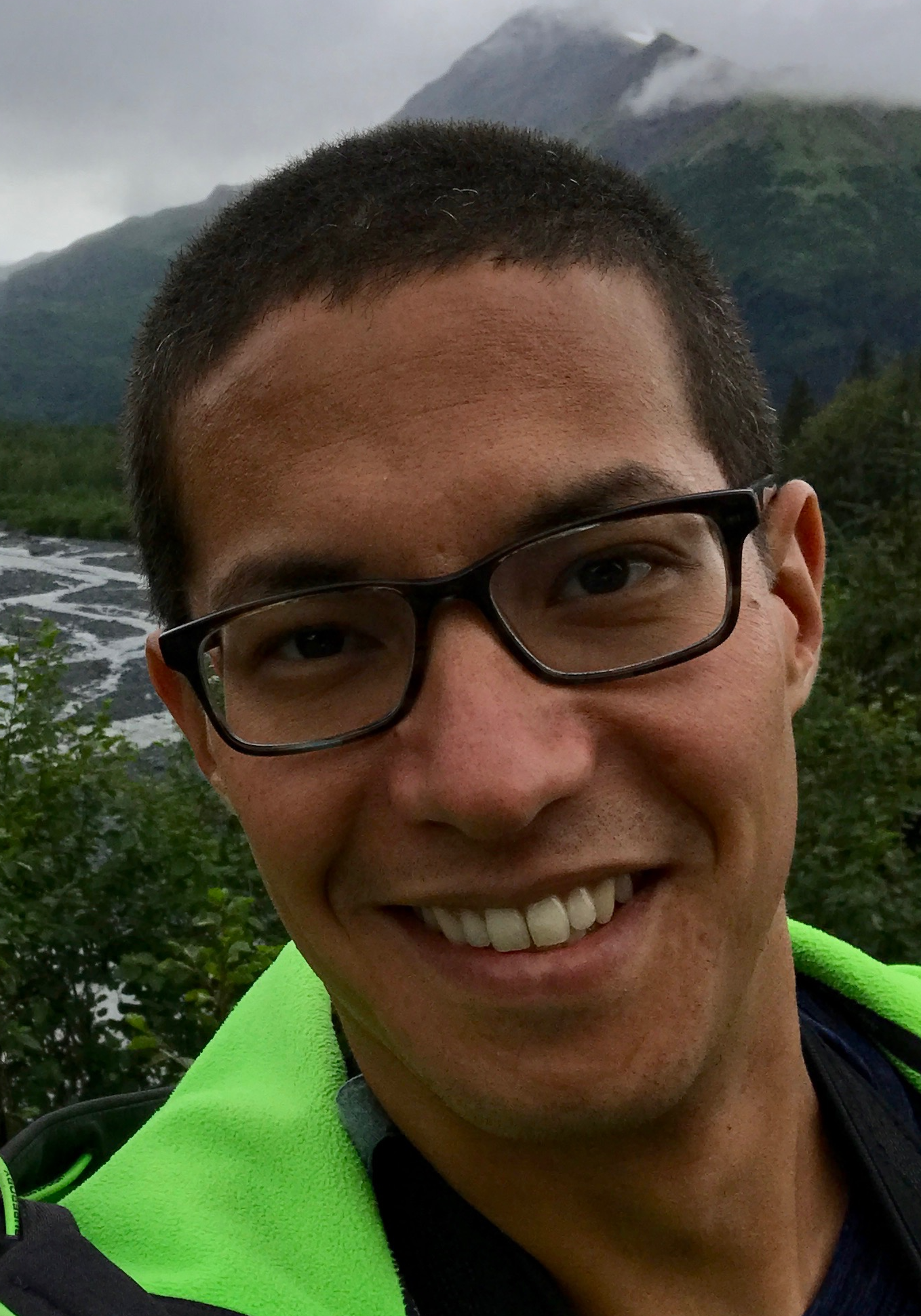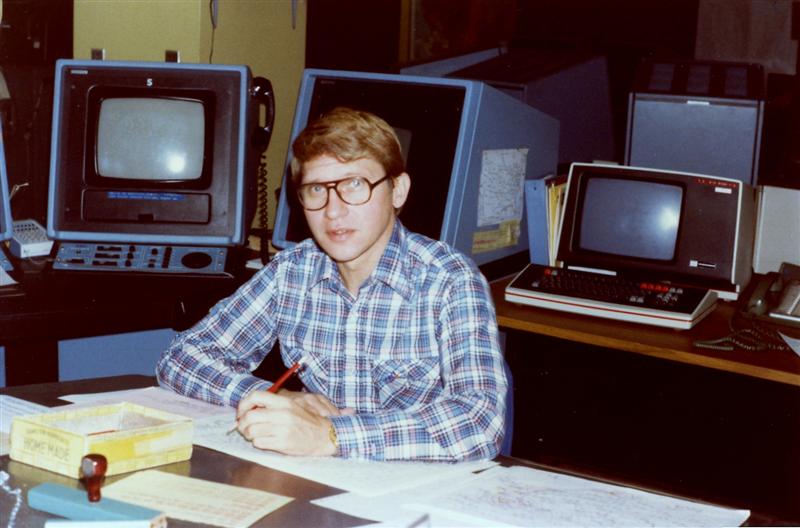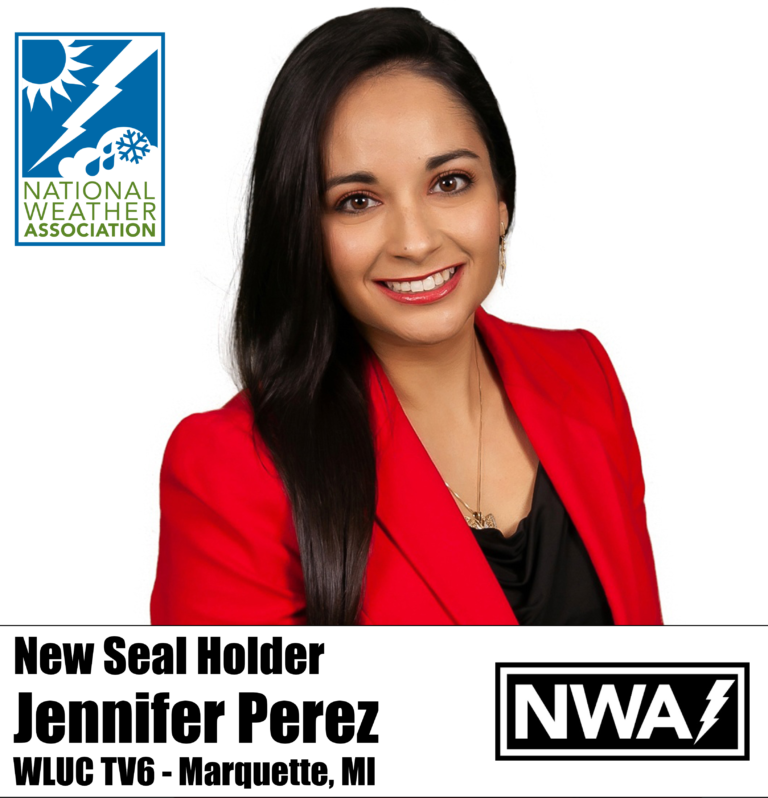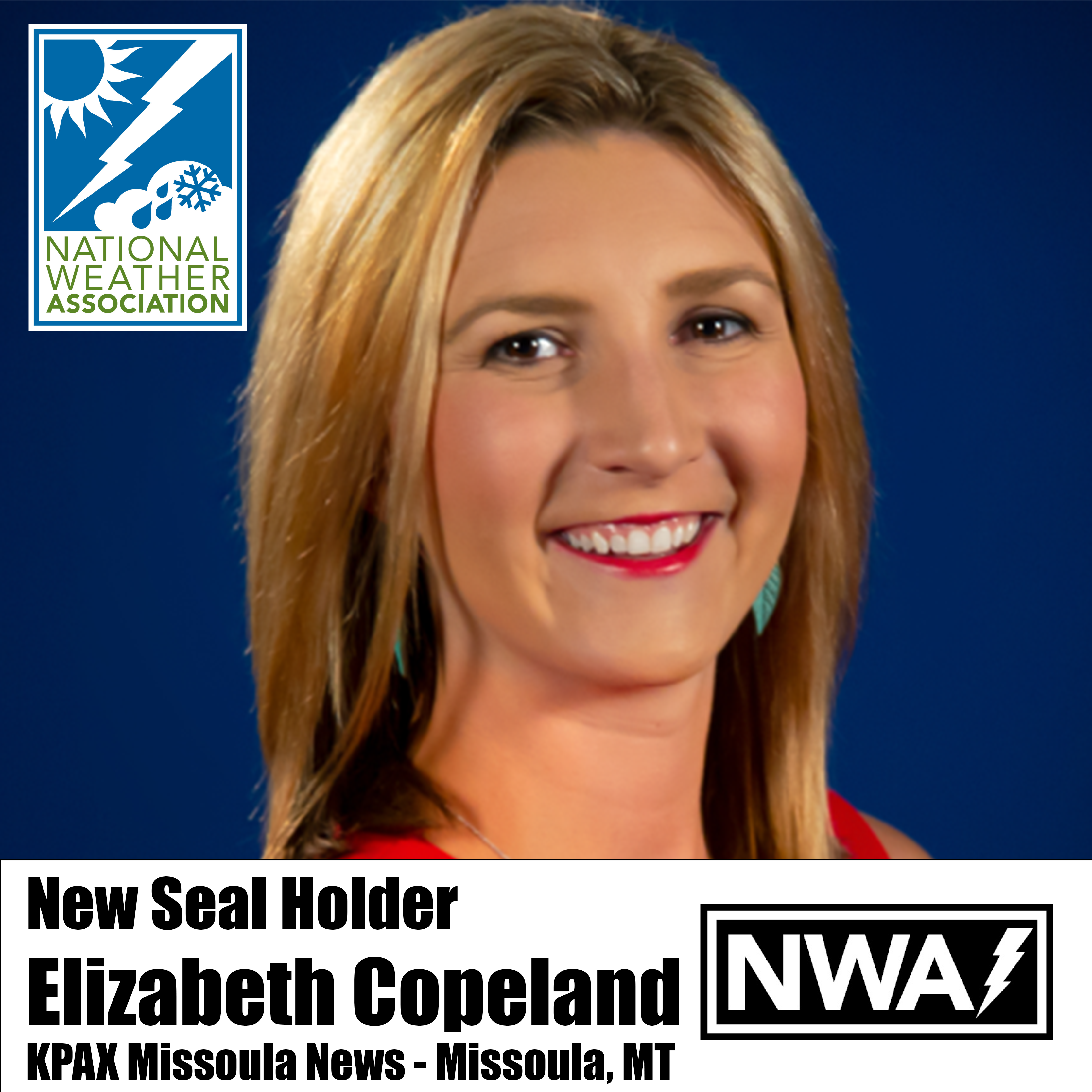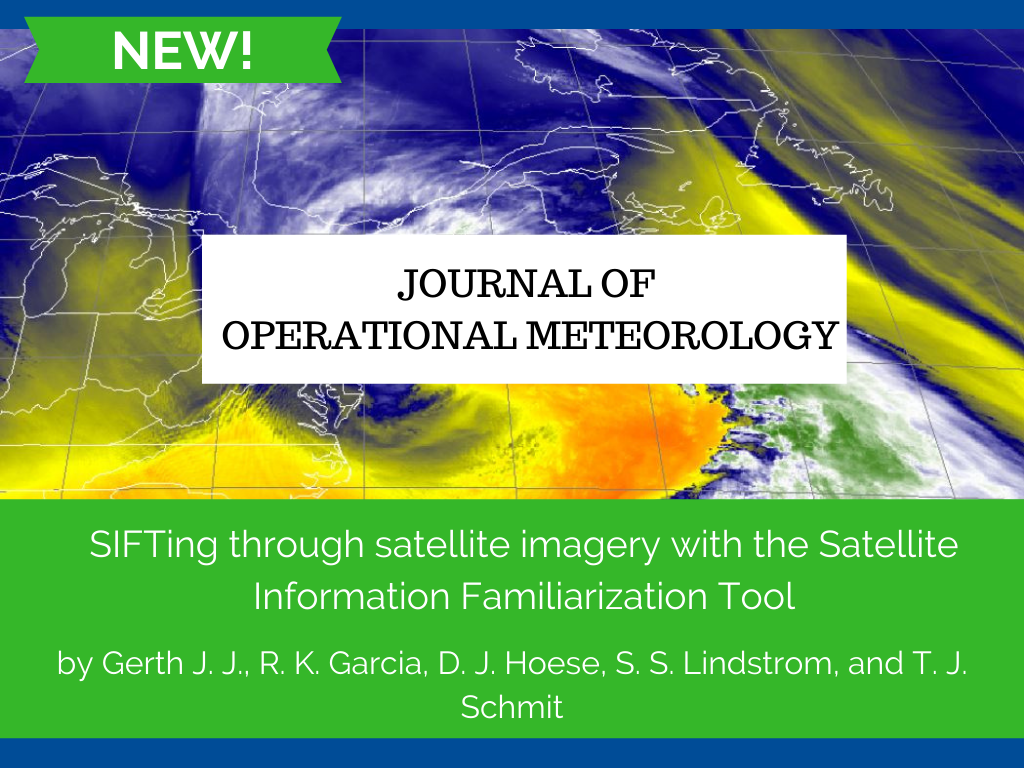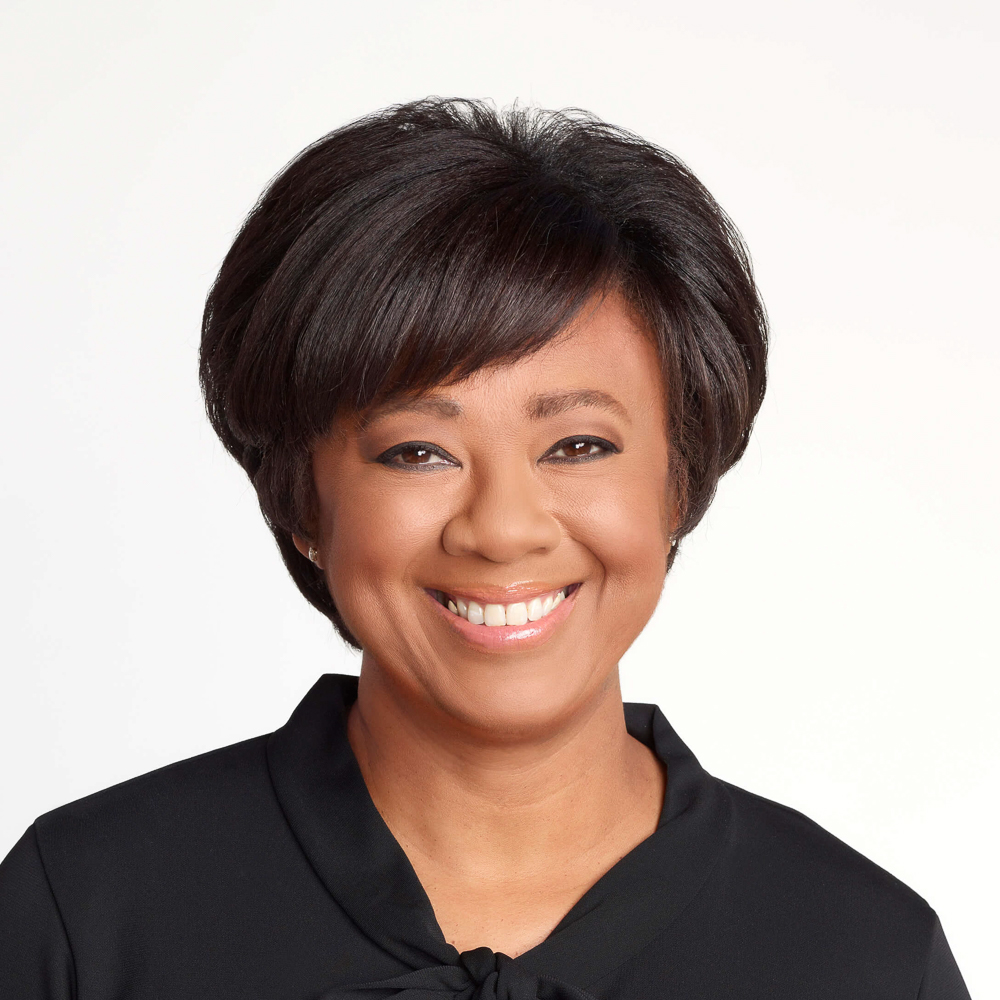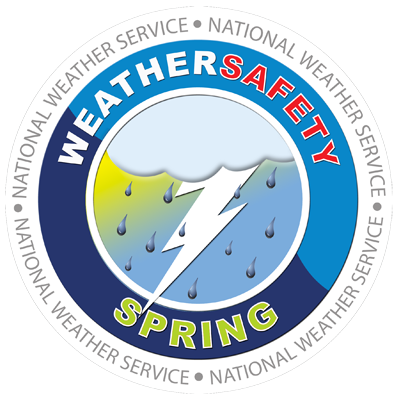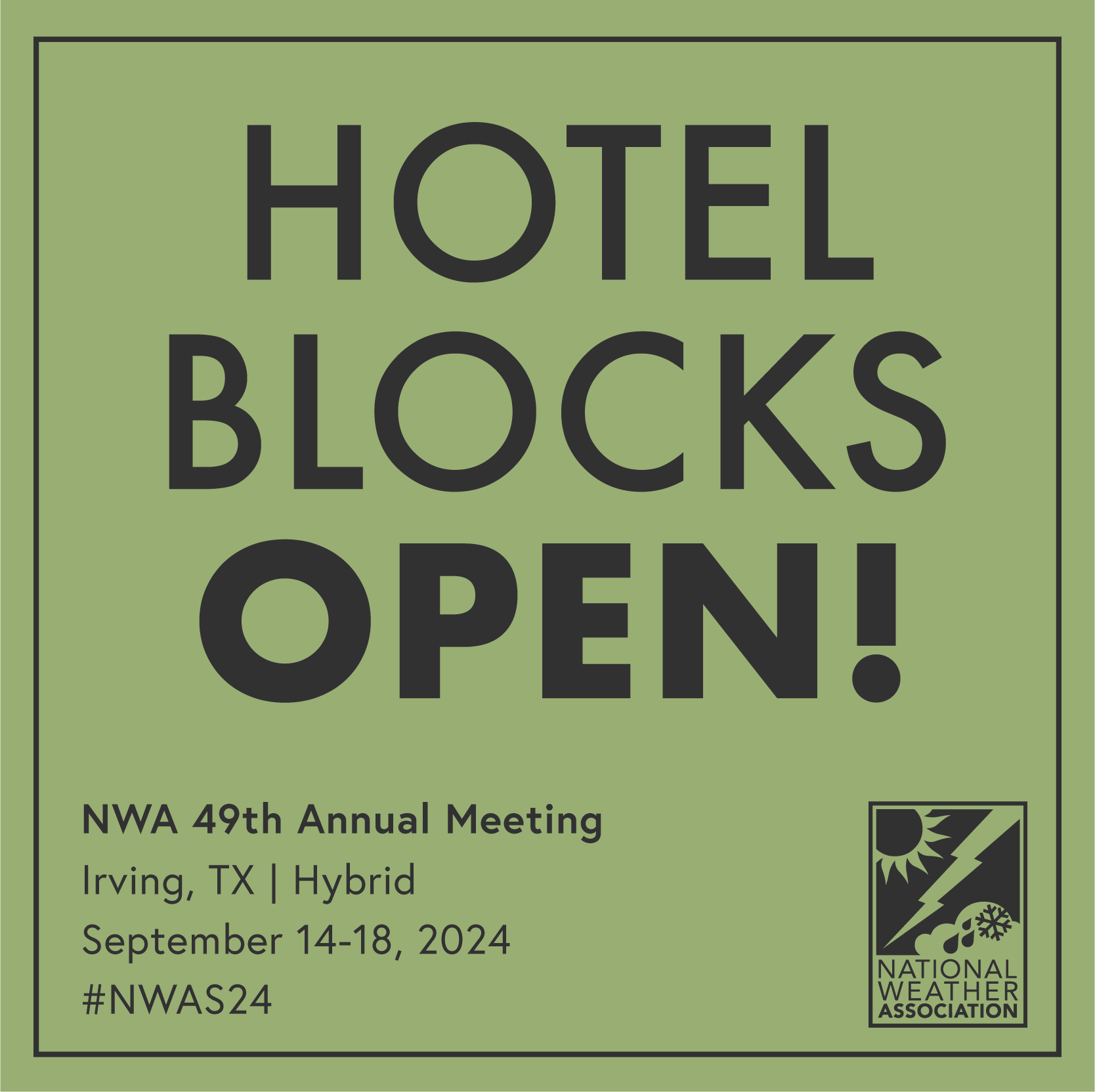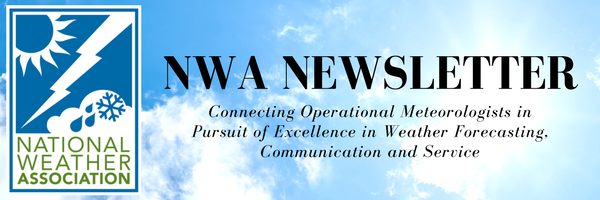 NWA December 2020 Newsletter
Issue 20 - 12
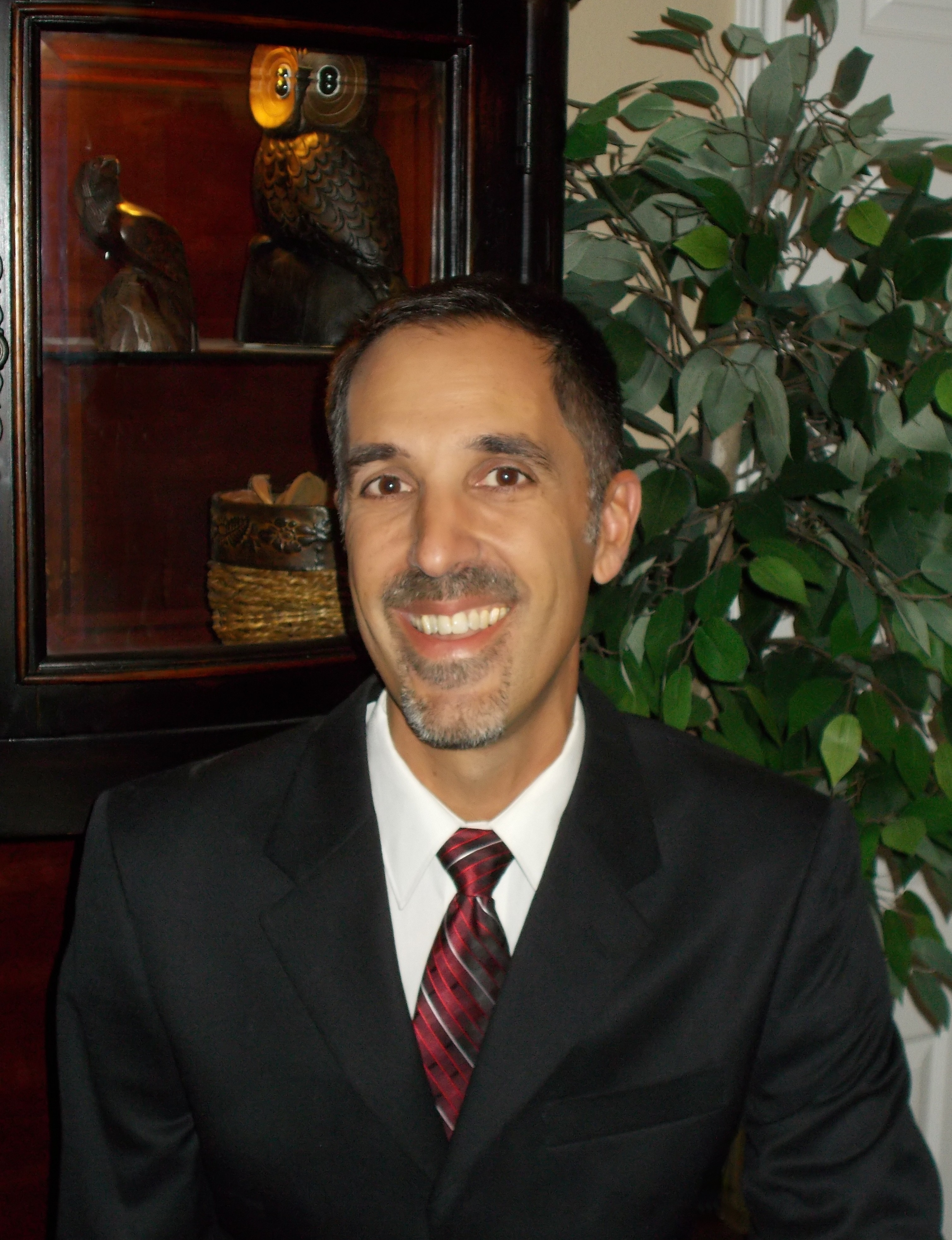
Video transcript: Hello and welcome to December's President's Message. This is the last president's message of 2020 and my last as your president. It has been an amazing and challenging year, from dealing with a record setting hurricane season, to having to make adjustments in our personal and professional lives during a global pandemic, to dealing with the challenge of race relations in our society. 2020 has certainly thrown a lot at us. Through it all, though, it has been an enormous honor to work alongside all of you, to both help each other and to make our association better.
Thank you to all candidates who ran for seats on the NWA Board of Directors, and all members who voted in the election. Congratulations to the following individuals who will begin their terms on January 1, 2021. Kathy Sherman-Morris is the 2021 President-Elect. She will serve as president in 2022. Sean Sublette, Bryan Busby, Trevor Boucher and Katurah McCants will serve as directors for the years of 2021 through 2023. The following members will continue to serve on the Board in 2021. Nate Johnson will be President, Todd Lericos Immediate Past President and Rebecca Mazur will continue as Vice President. Directors continuing their term are Sam Ng, Christina Crowe, Bryan Karrick, Hannah Strong and Bryan Wood. Kathy Sherman-Morris is continuing as a newly elected officer and director. We extend a special thanks to Todd for all he has done to move the NWA forward during a year that threw in a few distractions. His foresight and strategic leadership skills have been much appreciated. We will miss routinely working with the following individuals who are rotating off the Board. Thank you for all your contributions to the success of the NWA. Paul Schlatter the 2019 President and 2020 Immediate Past President, Treasurer Jared Guyer, Secretary Jennifer Hogan, and Directors Tyra Brown Harris, Amber Liggett and Jim Reynold. Pat Spoden is turning over the reins as Commissioner of Committees to Stephen Kearney. Pat’s leadership will be missed because he has been an integral part of the Board as a Director then as Commissioner. Annual Meeting Registration Still Open for Members Registration is still open! This year's virtual meeting was recorded and can still be viewed in the Whova meeting app by selecting "past events." Annual Meeting rates still apply and vary in price according to member type. Seal Holders can also receive CEUs by attending and viewing sessions. Have questions? Email us at [email protected]. 2020: A Look at this Year in Numbers Each membership and event registrant carries a positive impact on our association's success. Thank you for supporting the NWA throughout this tumultuous year, allowing our association to continue learning, growing and thriving.
As we reflect on this year's numbers in the graphic below, we're looking forward to providing member benefits that enhance your career or interest in weather. Thanks to those who've renewed their membership. If you still need to renew, please submit the 2021 membership form. Thank you! — NWA Headquarters
Successes and impacts from the David Sankey Minority Scholarship in Meteorology EDITOR'S NOTE: This article was originally published in the NWA August 2020 Newsletter. As we near the end of 2020, we feel it is timely and relevant to publish once again to further celebrate the successes and impacts from the scholarship. The winds of social change are blowing. That's an understatement. Current events highlight the historic systemic disparities, injustices, racism, and sometimes physical threats to lives of African Americans and other people of color. From personal experience, these are very real things that factor into our professional lives and the lives of those we serve as meteorologists.
Congratulations to this year's scholarship recipient, Dorien Minor, from the Georgia Institute of Technology!
Ari Brown is a senior in meteorology at North Carolina State University. He was the 2016 scholarship awardee. While his U.S. Department of Energy internship is pushed to next year due to the pandemic, Ari says, “My overarching goal is to engage in interdisciplinary work that integrates meteorology with social science and geographic information science. Diversity has been scientifically demonstrated to add value across the board and this is particularly relevant for communicating weather information to minority groups.”
In Memoriam: Robert H. Johns 1942 – 2020
Robert H. (Bob) Johns, a charter member of the National Weather Association and a preeminent severe local storms forecaster and researcher, passed away on October 26, 2020, four days before his 78th birthday. He worked for more than 30 years at the National Weather Service (NWS) Storm Prediction Center (SPC) in Norman, OK and its predecessor, the National Severe Storms Forecast Center (NSSFC) in Kansas City, MO. Bob was born on October 30, 1942 in Lebanon, IN, and grew up in the small town of Terhune, IN, about 35 miles north of Indianapolis. He developed a keen interest in weather at an early age, in part enhanced by his awareness of the large impact of weather on agriculture in the region. His particular interest in severe weather was crystallized by the Palm Sunday tornado outbreak of April 1965, which killed 271 people in the Midwest. The region devastated by tornadoes included the area in and around Terhune, and killed several of his neighbors and family friends. At the time of the outbreak, Bob was a senior at the University of Oklahoma majoring in meteorology; he was part of the original graduating class in the new OU meteorology program at that time. This event deeply affected Bob, and he turned his attention to a career in studying and forecasting severe weather. Following graduation from OU, Bob was hired by the US Weather Bureau (USWB) as a meteorologist at Ft. Wayne, IN. This was followed by four years of service in the US Coast and Geodetic Survey before coming back to the USWB in Kansas City, MO, in 1970. Working in Kansas City facilitated his transfer into the Severe Local Storms (SELS) unit of NSSFC in 1971, to fulfill what was to become his lifelong passion in severe-storm forecasting. His highly accurate real-time analysis and prediction of severe storms across the nation from 1970 through 2000 was considered the gold standard, expertly informed by his unique attention to detail. His groundbreaking applied research benefited not only SELS but the broader weather enterprise. He provided lifesaving forecasts prior to and during numerous severe weather and tornado outbreaks, including the April 2, 1982 Red River Valley Outbreak that killed 29 people. On this day, SELS issued the first “High Risk” Severe Weather Outlook in its history, and Bob issued the first-ever “Particularly Dangerous Situation” Tornado Watch that preceded violent, killer tornadoes at Paris, TX and Broken Bow, OK. These product categories are quite rare and are reserved for the most dangerous severe-weather threats. Bob was among a small group of SELS forecasters to receive the US Department of Commerce Silver Medal for their outstanding public service provided that day. Bob studied a wide range of severe local storm episodes, and is best known for his seminal research on bow echo convective systems, widespread damaging windstorms known as “derechos”, and atypical severe weather systems occurring under northwest flow aloft in the wake of an upper trough. His forecasting and research were closely intertwined, as the challenges he encountered on the forecast desk would inform and focus his research projects. Not surprisingly, his forecasting and research skills reflected his superlative attention to detail, innovative thought and analysis process, and a tireless work ethic that enabled him to blend scientific methodology with an innate understanding of real-world weather relevance. Following a 15-year period as a Lead Forecaster at SELS, in 1994 Bob was selected to be its first Science and Operations Officer (SOO), responsible for guiding the infusion of cutting-edge science into the severe-weather forecasting process, and providing advanced training for SELS forecasters. As both Lead Forecaster and SOO, Bob taught severe weather forecasting science and operational techniques to numerous incoming forecasters at SELS. His seemingly unlimited enthusiasm and deep knowledge made him an outstanding teacher and mentor, not only during in-house, multi-day training workshops that he led, but during operational forecast shifts. Bob was also well-respected across the National Weather Service (NWS), and served frequently as an invited speaker at numerous local Weather Forecast Office training seminars. As SOO he also played a key role in the transition of SELS into the SPC in 1995, and the subsequent move of the organization to Norman, OK in 1996–1997, as part of the co-location of SPC with the NOAA National Severe Storms Laboratory. He received numerous honors during his career for his long-term meteorological contributions, including election as a Fellow of the American Meteorological Society (AMS) and recipient of the National Weather Association’s Dr. T. Theodore Fujita Research Achievement Award. To illustrate Bob’s astute remembrance of severe weather history, it is instructive to go back to the 1985 AMS Severe Local Storms Conference, in Indianapolis. During this week, Bob took three of his colleagues with him on an afternoon driving trip to Terhune. (A side highlight: His mother baked a birthday cake for him, as it was late October, and the group shared a small party in her home on the visit!) During the drive, he identified Two noteworthy post-retirement endeavors further illustrate the Palm Sunday outbreak’s influence on Bob. In the first, he worked with a colleague to document more completely the Palm Sunday tornado outbreak from his perspective. It included a descriptive and scientific assessment of the episode, and most importantly, it revealed the personal impacts of the tornadoes on the lives of people in the Terhune area. In the end, it is the story of how the destructive forces of nature affect ordinary people, and ultimately influenced the lives of others like Bob, who subsequently spent a lifetime devoted to improving our understanding of and preparedness for future storms. Secondly, he worked with a group of collaborators to re-examine and update the meteorological setting and impacts of the 1925 Tri-State tornado, that killed nearly 700 people along its path from southeast Missouri across southern Illinois into southwest Indiana. Bob spent more than a year researching historical records from small-town libraries, newspapers and historical societies in communities that were hit by the tornado, Remarkably, he located and interviewed a number of people, particularly in southern Illinois, who were young children at the time of the Tri-State tornado, to document their memories. Without his persistent and determined effort, the human details of this unique event undoubtedly would have been lost to history, within a few more years. Bob was well-known and respected as a dedicated, warm-hearted, and gentle person who devoted his professional career to systematic improvements in the understanding and prediction of severe storms. He was always delighted and eager to share his scienceservice excitement with others in the weather community, and to mentor forecasters and students who shared his interests. He believed that undivided attention was necessary on forecast shifts to fulfill the NWS mission of protection of life and property during severe weather episodes, and he held himself and others to the highest standards of professional conduct. Those of us who were fortunate to work with him understood well why he considered SELS/SPC to be a “temple of meteorology,” whose ultimate goal was to unselfishly serve and protect the public from tornadoes and severe thunderstorms. The severe-weather community is most fortunate to have been inspired by Bob’s scientific Graphic provided by CoCoRaHS
As we were wrapping up the December Newsletter, a historic snow storm was exiting the U.S. This map shows preliminary new snowfall totals for the morning of December, 17 as measured by CoCoRaHS volunteers.
Here are summaries from a few NWS Weather Forecast Offices: Binghamton 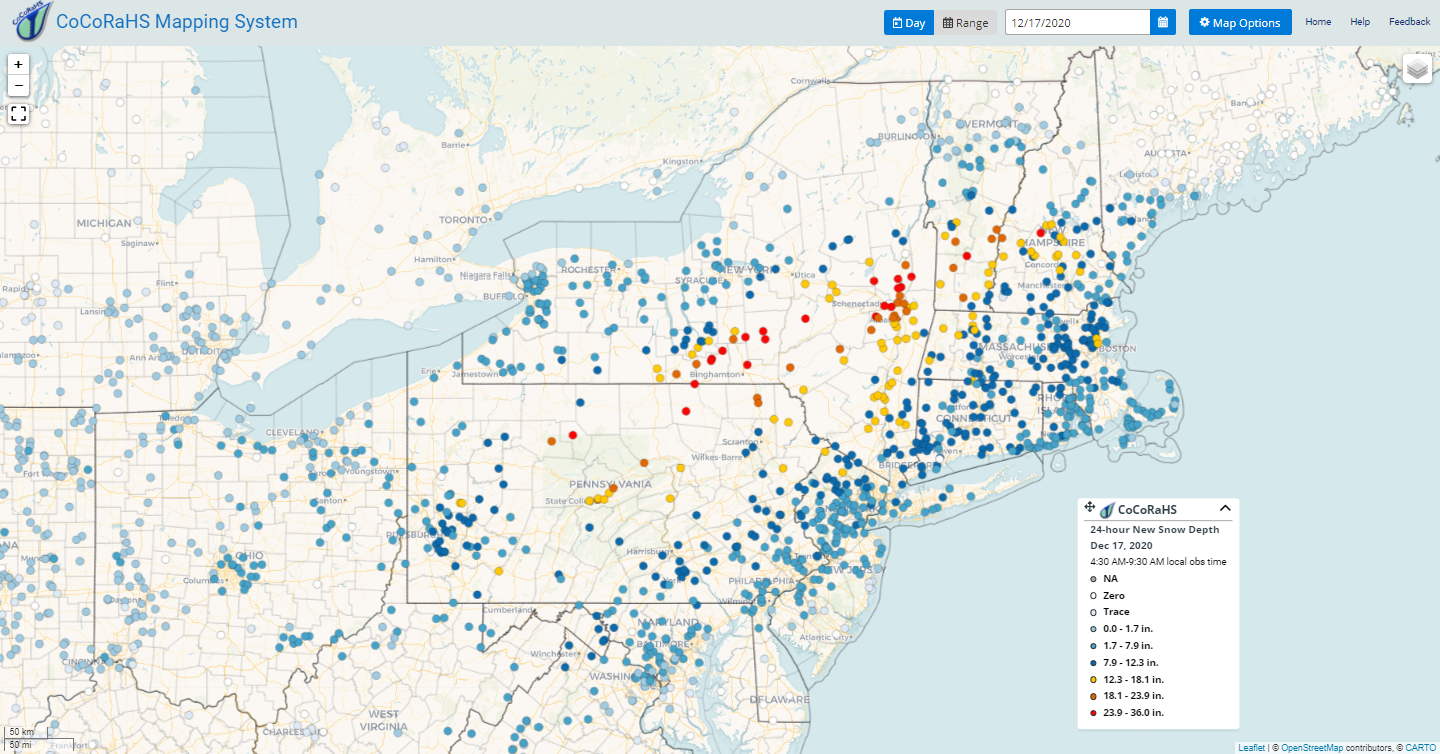
The full NWA Event Calendar is located in Member Connect. Have an event to include on our NWA calendar? Submit them to [email protected]!
Congratulations to Jennifer Perez on earning her TV Weathercaster Seal of Approval! Follow Jennifer on Facebook and Twitter. ***
Congratulations to Elizabeth Copeland on earning her TV Weathercaster Seal of Approval! Follow Elizabeth on Facebook, Twitter and Instagram. See all the other members who have earned a TV, Radio, or Digital Seal here, and more information on becoming a Seal Holder here. Are you hiring? Reach a variety of candidates through the NWA Jobs Corner. Current Jobs: Teaching Faculty Position - Department of Atmospheric Sciences, University of North Dakota Chair/Department of Earth, Environmental, and Atmospheric Sciences - Western Kentucky University, Bowling Green, KY
An NWA JOM Article was published in December. SIFTing through satellite imagery with the Satellite Information Familiarization Tool by Gerth J. J., R. K. Garcia, D. J. Hoese, S. S. Lindstrom, and T. J. Schmit, 2020: . J. Operational Meteor., 8 (10), 121-132, Abstract: The Satellite Information Familiarization Tool (SIFT) is an open-source, multi-platform graphical user interface designed to easily display spectral and temporal sequences of geostationary satellite imagery. The Advanced Baseline Imager (ABI) and Advanced Himawari Imager (AHI) on the “new generation” of geostationary satellites collect imagery with a spatial resolution four times greater than previously available. Combined with the increased number of spectral bands and more frequent imaging, the new series imagers collect approximately 60 times more data. Given the resulting large file sizes, the development of SIFT is a multiyear effort to make those satellite imagery data files accessible to the broad community of students, scientists, and operational meteorologists. To achieve the objective of releasing software that provides an intuitive user experience to complement optimum performance on consumer-grade computers, SIFT was built to leverage modern graphics processing units (GPUs) through existing open-source Python packages, and runs on the three major operating systems: Windows, Mac, and Linux. The United States National Weather Service funded the development of SIFT to help enhance the satellite meteorology acumen of their operational meteorologists. SIFT has basic image visualization capabilities and enables the fluid animation and interrogation of satellite images, creation of Red-Green-Blue (RGB) composites and algebraic combinations of multiple spectral bands, and comparison of imagery with numerical weather prediction output. Open for community development, SIFT users and features continue to grow. SIFT is freely available with short tutorials and a user guide online. The mandate for the software, its development, realized applications, and envisioned role in science and training are explained. --- The JOM publishes submissions in three categories: Article, Short Contribution and Commentary. The JOM is a peer-reviewed, all-electronic journal with an international scope, providing authors with the benefits of economical publication costs and rapid publication following acceptance. If you are interested in submitting a paper to the JOM, please go to the Call for Papers webpage. Thank you to the JOM authors, reviewers and editors for continuing to make JOM a success!
National Weather Association | 3100 Monitor Ave, Suite 123 | Norman OK 73072 | 405.701.5167 Publisher: Janice Bunting, NWA CEO Submit newsletter items to [email protected] |
